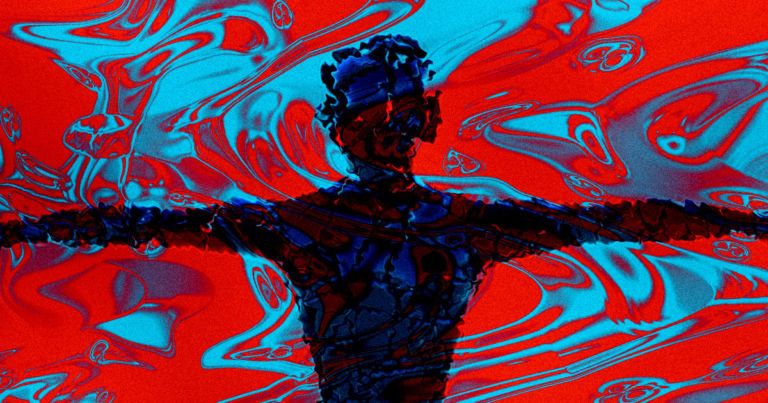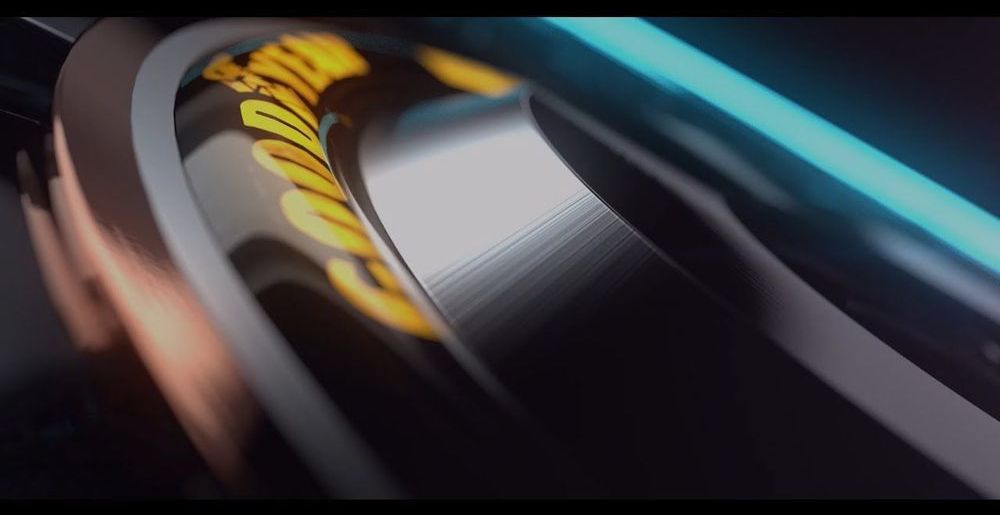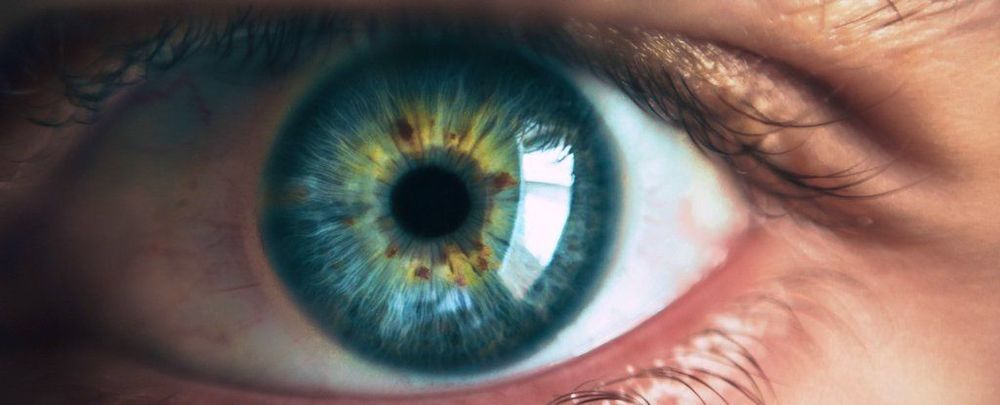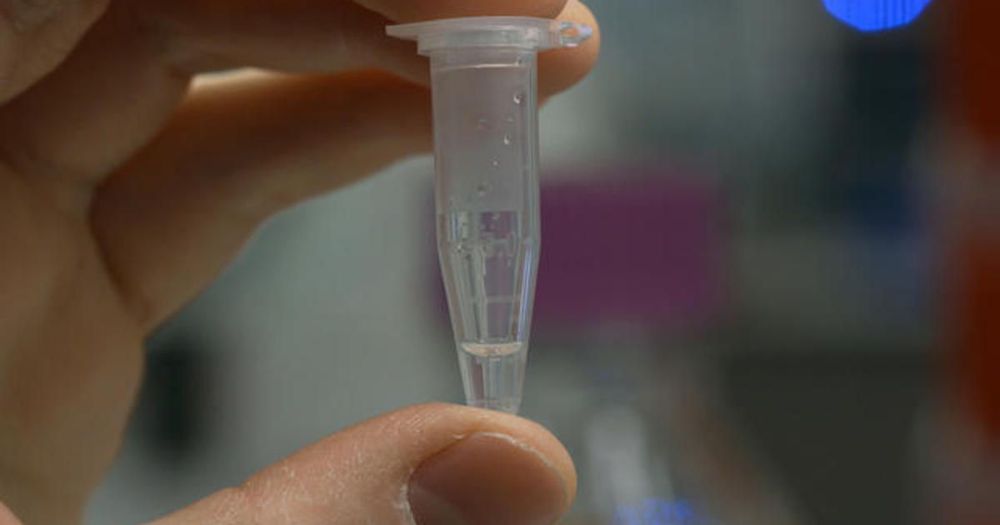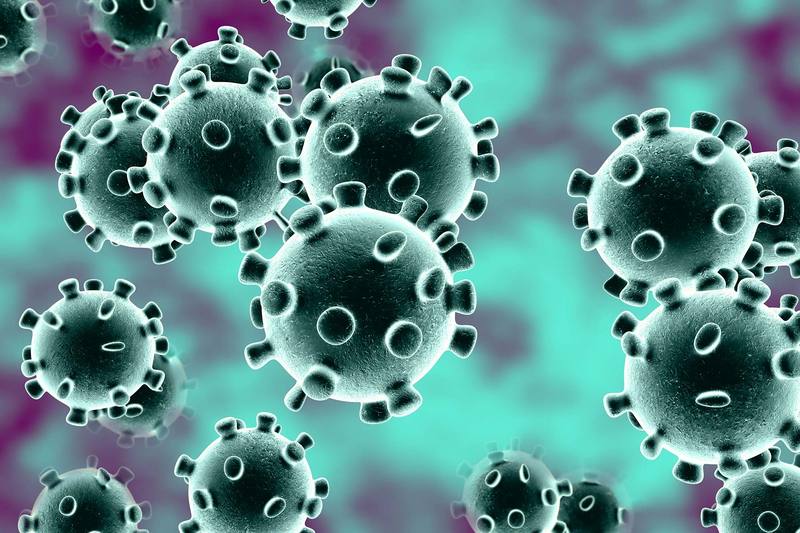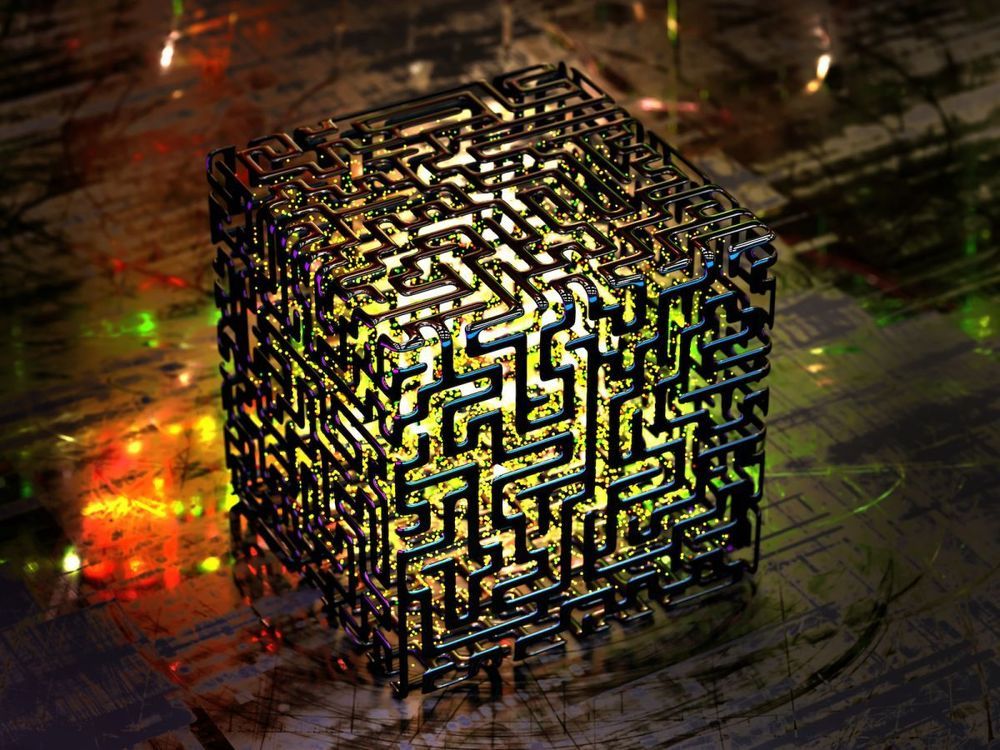The researchers are hoping the extremely light material could be used to construct lightweight exoskeletons and shape-shifting “Terminator 2”-style robots, New Scientist reports.
Glass Beads
The researchers created a mixture of the soft metals gallium and indium, which had a melting point of just 15.7 Celsius (60.3 Fahrenheit). To make it float, the team gently stirred microscopic beads of glass, filled with air, into the liquid.
